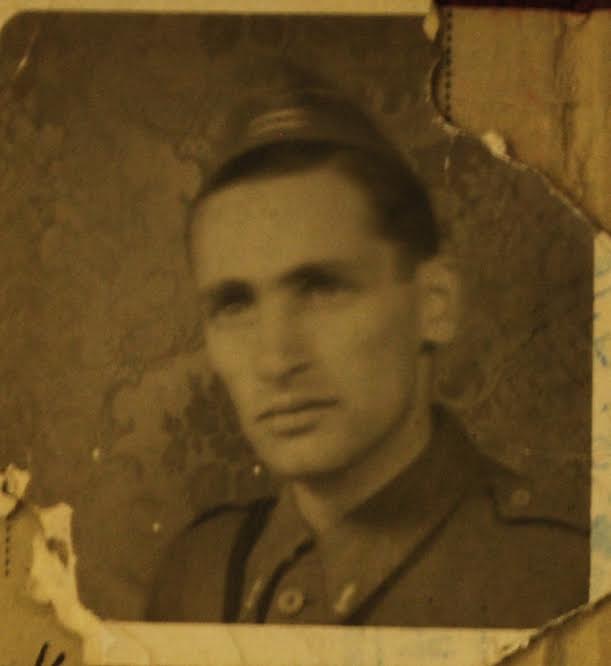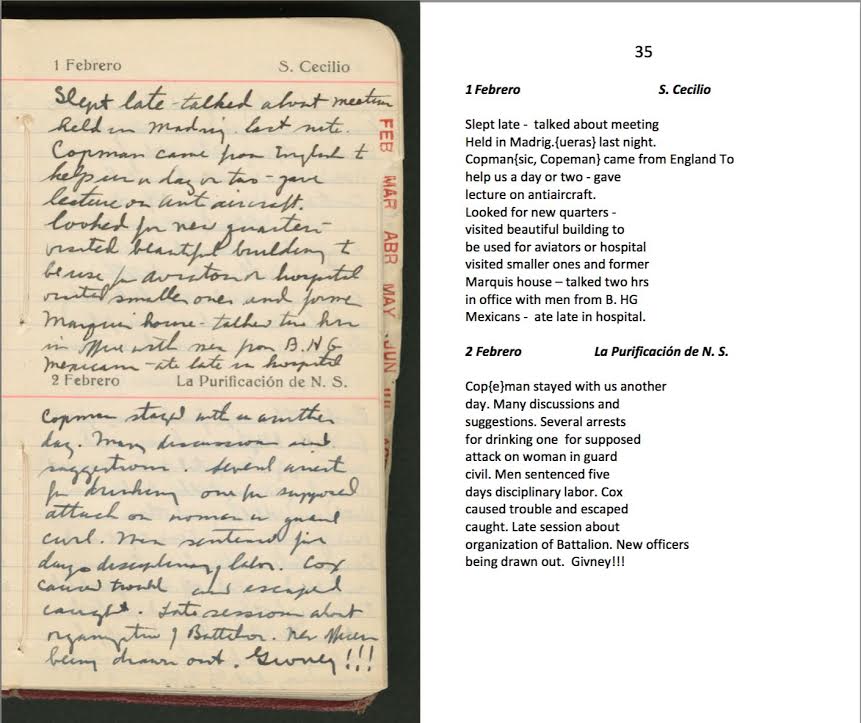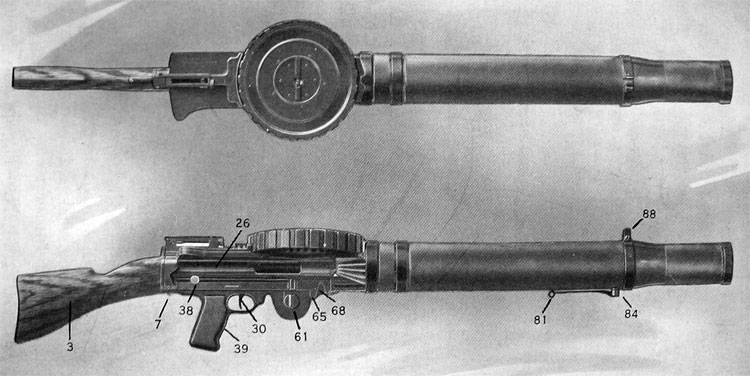
In the propaganda booklet, The Story of the Abraham Lincoln Battalion, written in the trenches of Spain, produced for supporters of the Battalion in the United States, the following passage recalls the bullfight on February 7th, and also that the Sunday before, a football match had been held between the Irish Section and the Dutch, who were part of the Medical Unit attached to the Lincoln Battalion.
One Sunday a football match was held between the Irish Section and the Dutch, which resulted in a draw since everybody played the game differently. On the next Sunday we were taken to see a bull fight at Motilla (del Palancar), a town near the base. The fight was gory and the matador not especially good. Since it was the first time most of us had ever witnessed a bull fight, it proved to be an odd and interesting day, though some of the boys expressed it as being a rather cruel sport.¹
William Herrick writes about Ray Steele, who was mentioned by Merriman on January 28th as having been drunk and having broken a door:
One man did get drunk publicly, but he was quickly hauled in and placed in the brig for the night. His name was Ray Steele, a merchant mariner who called himself a Wobbly. He was one of the few non-Communists in the battalion. Though Ray had a club foot, he could outrun anyone in the battalion. I thought I was fast, but he beat me by yards in a hundred-yard dash. We had a football that we passed around and punted to each other. Ray could kick beautiful spirals forty, fifty yards. He became one of the finest machine-gunners and soldiers at the front.²
The British had left Madrigueras for Albacete on February 7th and then to Jarama. Scotsman Robert Bridges, from Leith, had been left in charge, but he subsequently died on the 27th of February at Jarama. The Lincoln Battalion was soon to follow….
___________________________
¹The Story of the Abraham Lincoln Battalion, written in the trenches of Spain, by John Tisa. 1937. pp. 9-10. The complete booklet can be found at this link.
² William Herrick, Jumping the Line. AK Press, 2001. p. 147.








